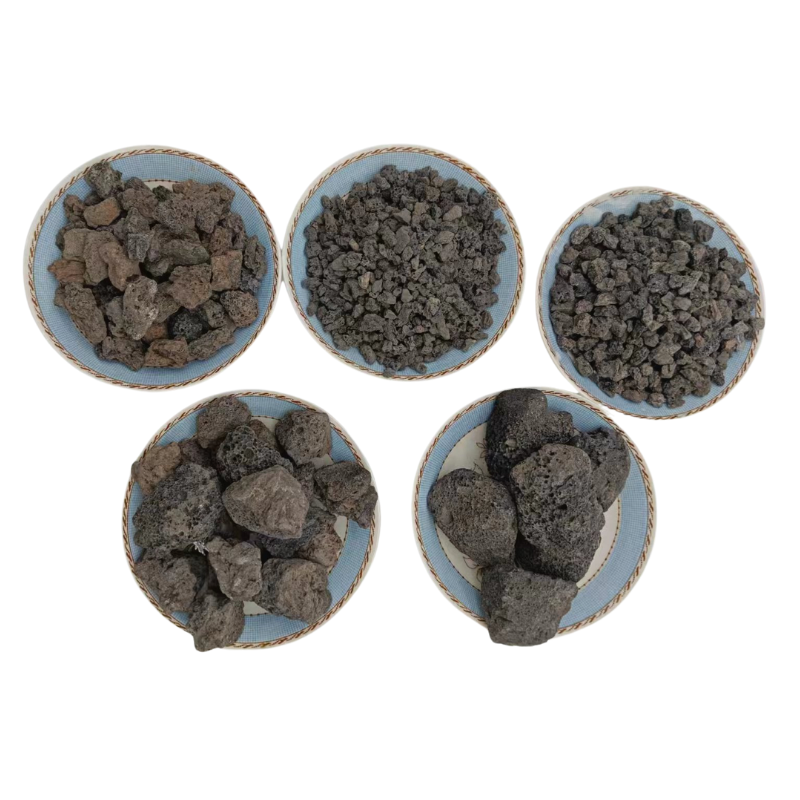
Process and Techniques for Producing High-Quality Alumina Efficiently and Sustainably
Making Alumina A Comprehensive Overview
Alumina, or aluminum oxide (Al2O3), plays a crucial role in various industries, especially as a key precursor in aluminum production. The process of making alumina primarily involves the Bayer process, which transforms bauxite, the principal ore of aluminum, into alumina. This article explores the significance of alumina, the Bayer process, and its applications.
Understanding Alumina
Alumina is a white crystalline powder that serves as a vital material in the production of aluminum and has diverse applications across different sectors, including ceramics, glass, and electronics. It is essential for the production of aluminum because it serves as the intermediate compound that, through electrolytic reduction, is converted into aluminum metal.
The Bayer Process
The Bayer process, developed by Carl Josef Bayer in the late 19th century, is the primary method for extracting alumina from bauxite. Bauxite is typically composed of aluminum oxide, iron oxide, silica, and various impurities. The Bayer process involves several key steps
1. Crushing and Grinding The first stage involves crushing and grinding the bauxite ore to increase the surface area for the extraction process. This prepares the ore for effective digestion during the subsequent steps.
2. Digestion The ground bauxite is mixed with a hot, concentrated solution of sodium hydroxide (NaOH) in high-pressure digesters. Under these conditions, aluminum oxide in the bauxite dissolves to form soluble sodium aluminate while impurities, such as iron oxides and silica, remain undissolved.
making alumina

3. Clarification The sodium aluminate solution is allowed to settle, and the undissolved impurities (red mud) are removed. The clear solution containing dissolved sodium aluminate is then separated for further processing.
4. Precipitation To recover alumina, the clear sodium aluminate solution is seeded with aluminum hydroxide crystals, prompting the precipitation of aluminum hydroxide (Al(OH)3). This occurs at a lower temperature and pressure, allowing the aluminum hydroxide to form in crystalline form.
5. Calcination The aluminum hydroxide is then filtered, washed, and then heated in rotary kilns or fluidized bed calciners at temperatures around 1000-1100°C. This process, known as calcination, removes water, resulting in the formation of anhydrous alumina.
Applications of Alumina
Alumina has extensive applications beyond aluminum production. In the industrial sector, it is used for producing abrasives, glass, and ceramics, owing to its hardness and thermal stability. Furthermore, in the chemical industry, alumina is utilized as a catalyst in various reactions and processes. In recent years, it has gained attention in the field of electronics, where it is employed in manufacturing insulators and substrates for electronic components.
Conclusion
The production of alumina via the Bayer process represents a crucial step in the aluminum production chain, impacting various industrial applications. With the growing demand for aluminum and its derivatives, optimizing the Bayer process and exploring innovative methods for alumina production remain imperative. As industries advance and evolve, the significance of alumina continues to grow, reinforcing its status as a vital material in modern manufacturing.
Share
-
Premium Talcum Powder Enhanced with GPT-4 Turbo | Soft & Long-LastingNewsAug.02,2025
-
Fly Ash Solutions Enhanced by GPT-4 Turbo | Sustainable InnovationNewsAug.01,2025
-
Natural Premium Bentonite Cat Litter - Superior ClumpingNewsJul.31,2025
-
Premium Resin Coated Sand - High Heat Resistance CastingNewsJul.31,2025
-
High Quality Silicon Carbide Grit for Abrasive ApplicationsNewsJul.30,2025
-
High-Quality Ceramsite for Plants & Gardening | Lightweight PebblesNewsJul.29,2025






